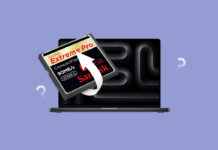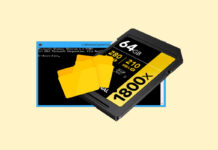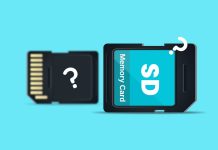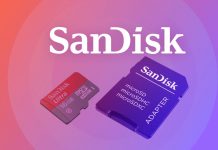
You insert your SD card into a card reader, prepare to look at your photos and videos, then suddenly your SD card is asking to format. This message often indicates the SD card has sustained some form of damage that’s preventing it from being accessed, like corruption.
Worry not. This article includes a useful method on how to recover data from an SD card without formatting, as well as some proven solutions for actually fixing your SD card so you can use it again.
What Causes SD Cards to Request Formatting
There are so many problems that could cause your SD to require formatting that it can sometimes be difficult to find the actual cause. Here are a few common reasons why your SD card may ask to be formatted:
- ❌ Corruption – Logical corruption, like file system corruption, can leave your SD card unusable. Since it no longer has a working file system, the first response from Windows is to suggest formatting with one that’s usable.
- 💥 Physical damage – Delicate components of your SD card are susceptible to physical damage. For instance, if the contact pins have been damaged, the SD card will not be able to make proper contact with the card reader.
- ⏏️ Improper handling – If you remove your SD card from its card reader without safely ejecting, it can interrupt write operations and result in the file system or data becoming corrupted and unusable.
- 🦠 Malware infection – Malware can infect your SD card. Once infected, malware can be designed to cause havoc in your file system. If it does damage your file system, your data will be inaccessible and Windows will recommend formatting.
Next, we’ll show you how to recover the data from your SD card before we dive into fixes.
How to Recover Data From a Memory Card Without Formatting
Before attempting to fix your SD card, you should recover what data you have on the card in case anything goes wrong and the data is permanently deleted or overwritten. Every passing moment can be detrimental to the recovery of your data.
To recover SD card data without a format, we’ll be using Disk Drill SD Card Recovery. Disk Drill is an effective data recovery tool that can scan your hard drive for any recoverable data and recover it to a folder of your choice.
Before starting, connect your SD card. If Windows prompts you to format, dismiss the window by clicking Cancel. These instructions will help you understand how to recover data from a memory card without formatting:
- Download Disk Drill and open it once it’s installed.
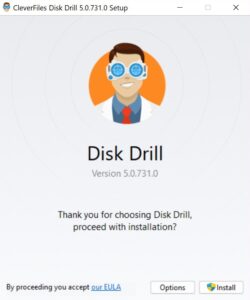
- Select the SD card, then click Search for lost data. This will start the scan.
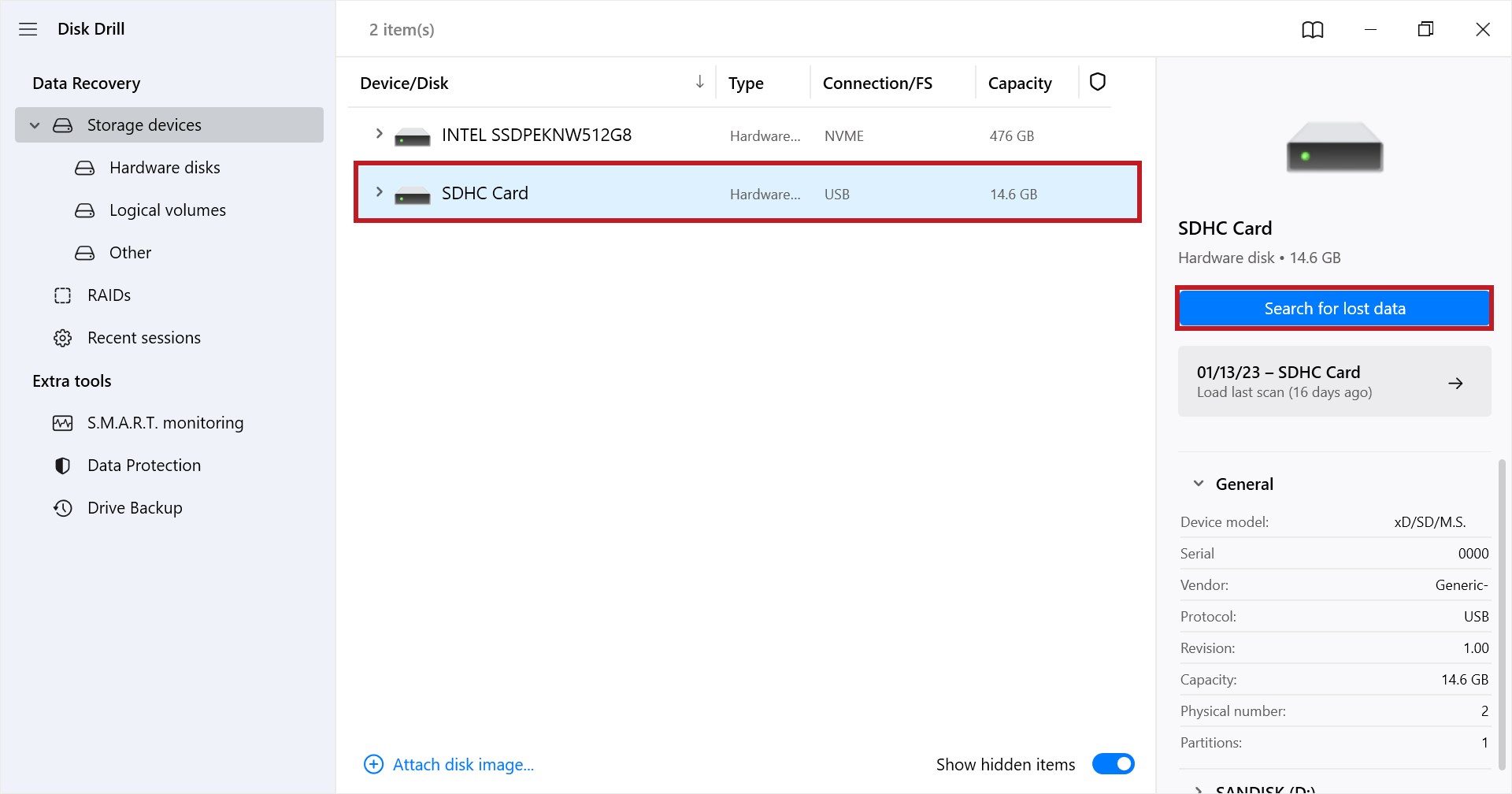
- When the scan is finished, click Review found items.
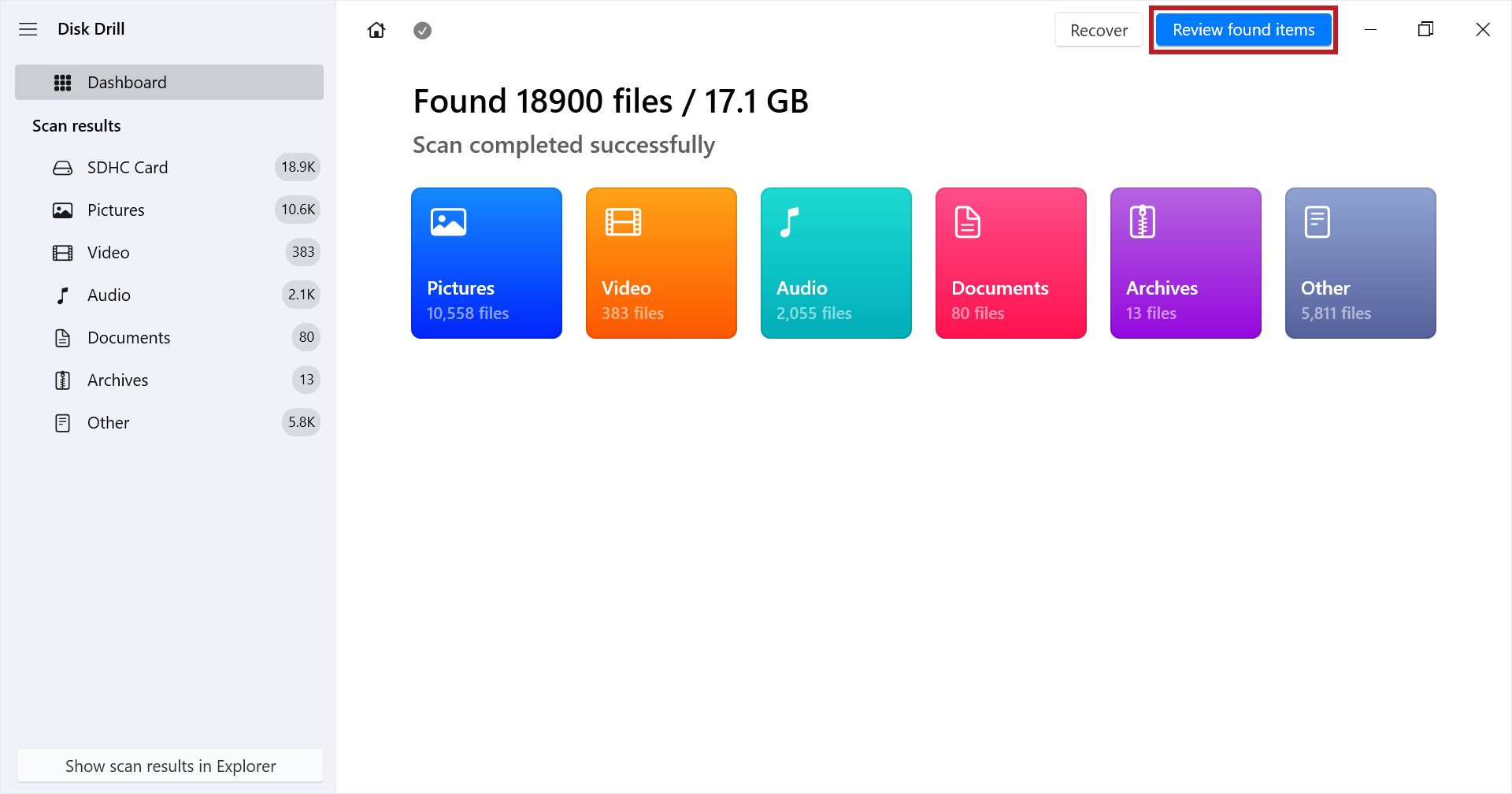
- Mark what files you want to recover by checking their tick box. Take note of the Recovery chances column to see what your chances of recovery are. You can also preview the items beforehand. Click Recover when you’re ready.
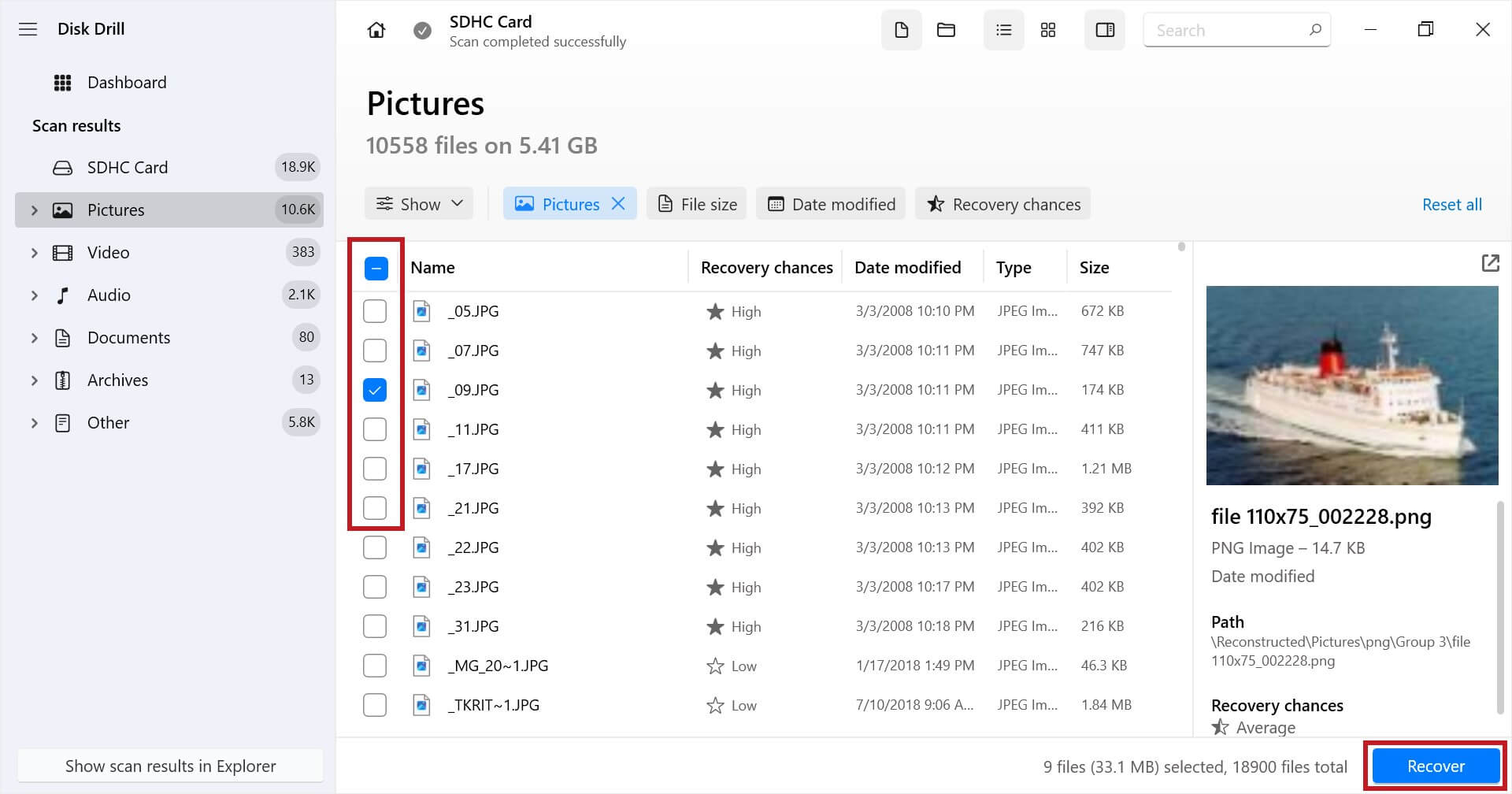
- Choose a location on a separate physical partition and click Next.
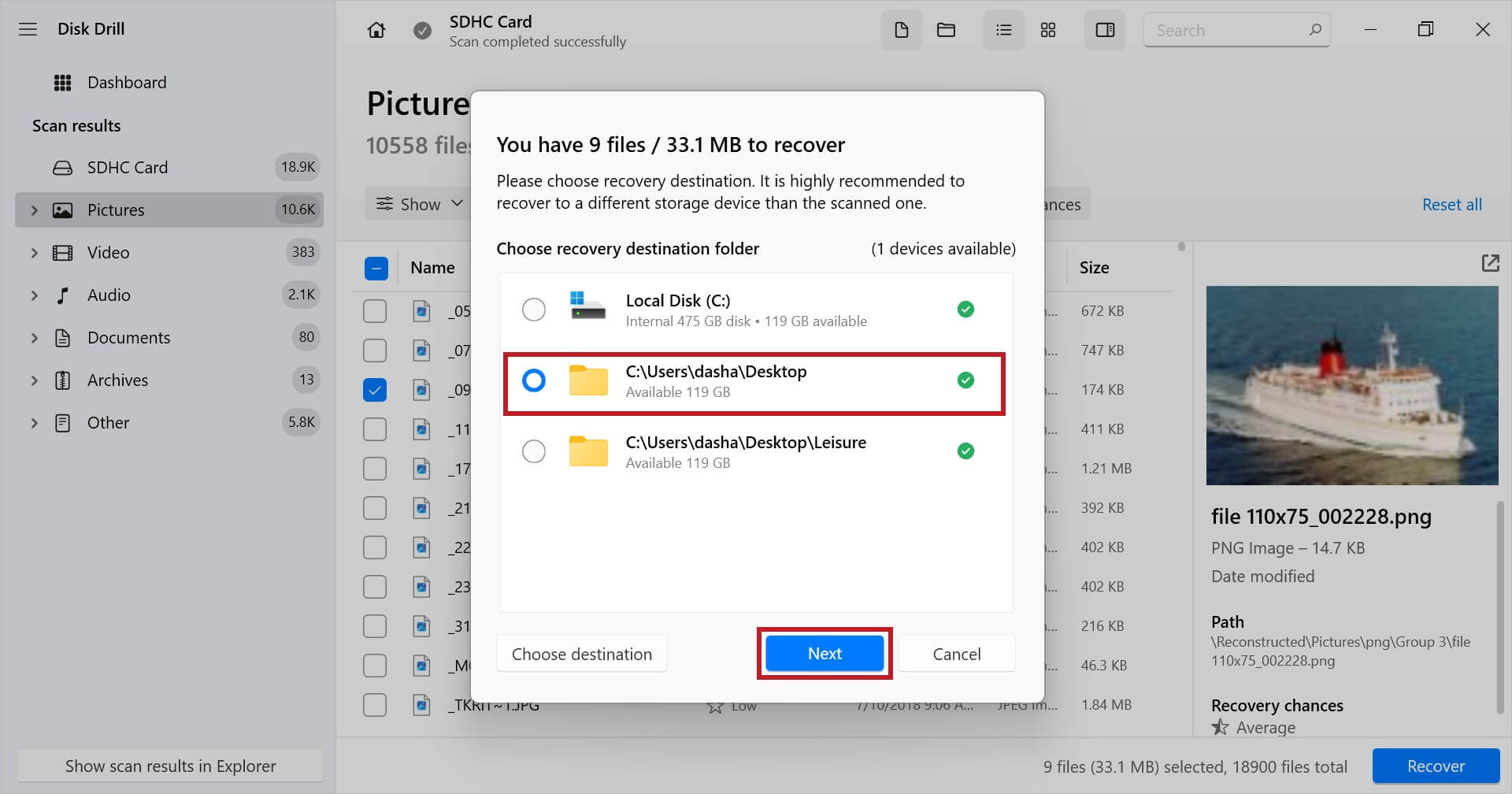
When the recovery is finished, you’ll find all of the recovered data inside the folder you specified. Take this opportunity to make copies of the data for safekeeping before moving on to the next section which involves fixing the SD card.
Your SD may continue to function normally even if you don’t format it. But the corrupted files will not be recovered, and errors may persist. In some cases, you might experience challenges in saving files, slow performance, and the risk of losing data occasionally.
7 Ways to Fix SD Card Without Formatting
The methods outlined below will allow you to repair your memory card without formatting. Be sure to start with the first method and work your way down to ensure you don’t miss any steps.
Ideally, you’ll want to do your troubleshooting on a Windows machine, as the screenshots demonstrate. If you only have an Android device, you can try restarting your device and scanning it with an antivirus app.
Method 1: Try Another SD Card Reader or USB Port
Before attempting to fix anything, you must first understand where the problem originates. The problem may not be with your SD card, but instead with the SD card reader or USB port you’re using. Try the following steps to isolate the cause:
- Remove your card reader and connect it to a different USB port.
- If the problem persists, try connecting the card reader to another computer.
- Finally, try plugging the SD card into a different card reader.
A faulty SD card reader or USB port can cause the SD card to constantly disconnect, resulting in it becoming corrupted and Windows recommending to format.
Method 2: Add or Change the Drive Letter
When a storage device is connected to your computer, Windows automatically assigns a drive letter. If the assigned drive letter conflicts with another device that already has that drive letter, problems can arise because Windows doesn’t know which device the drive letter actually belongs to. Moreover, if no drive letter is assigned, your SD card may not show as accessible at all.
Adding a drive letter or changing the existing one can fix this. Follow these simple steps:
- Right-click Start and select Disk Management.
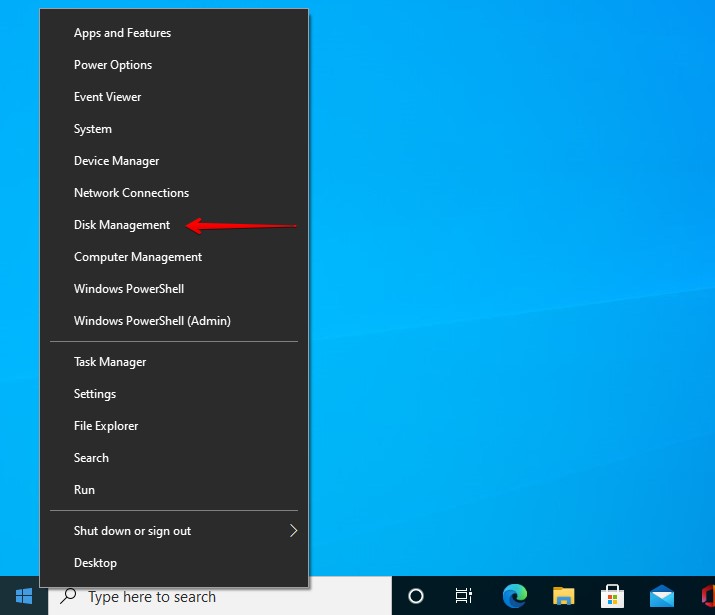
- Right-click the SD card volume and click Change Drive Letter and Paths.
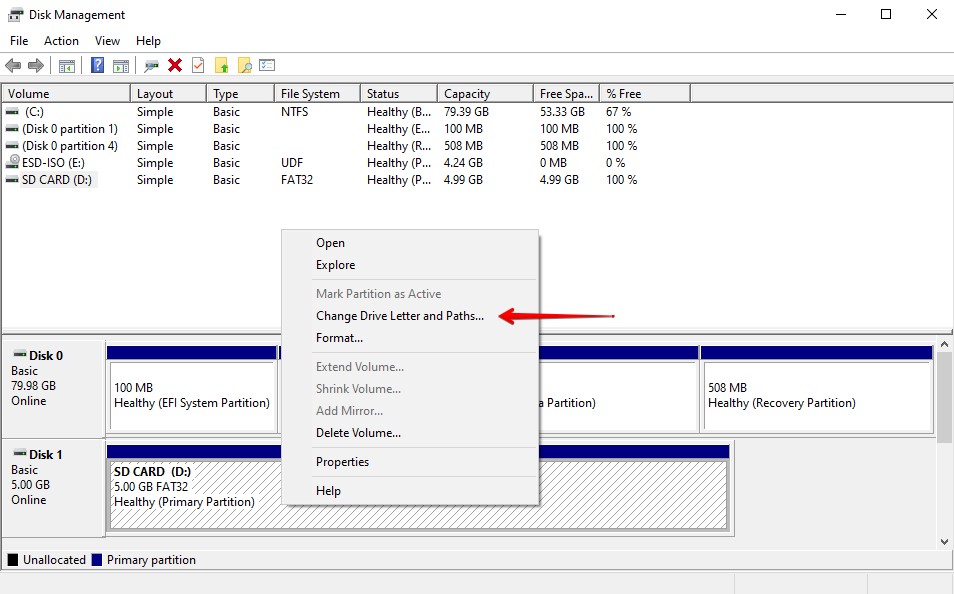
- If you don’t have a drive letter, click Add. If you do, click Change.
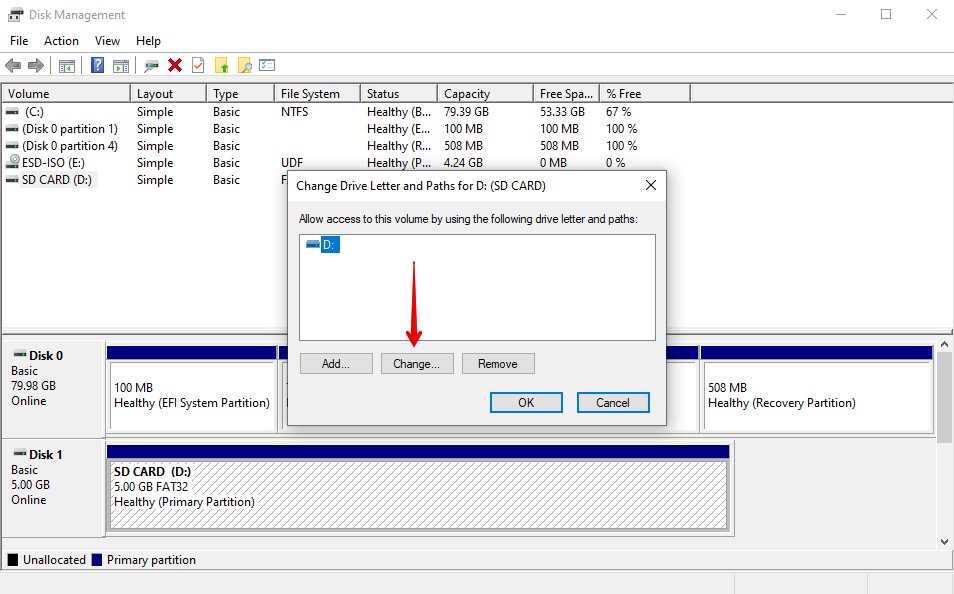
- Select a drive letter from the dropdown list and click OK, then OK again.
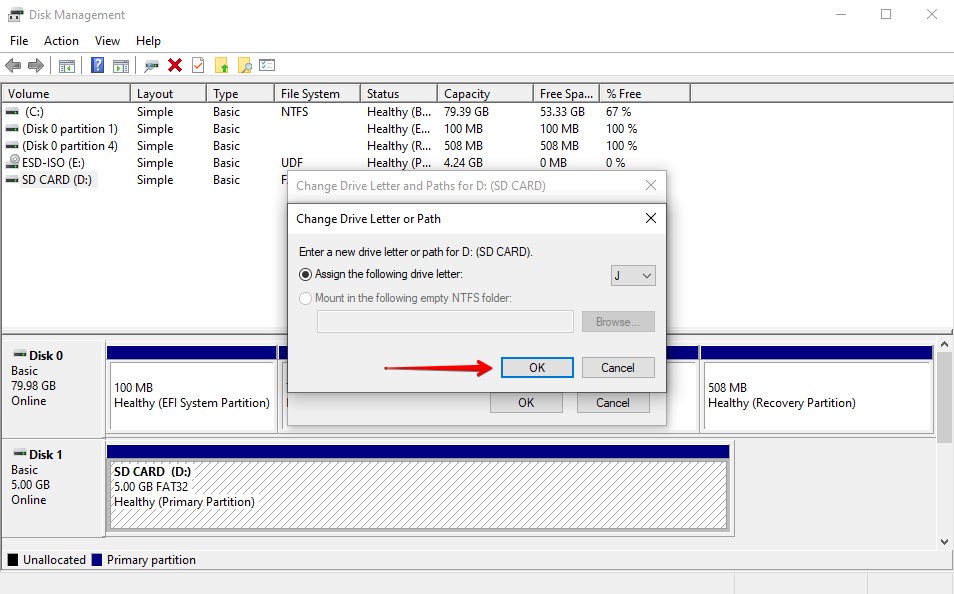
Method 3: CheckDisk (CHKDSK)
CheckDisk is a utility inside Windows that can scan your storage media for file system-related issues and fix them based on the parameters that you use. The parameters we’ll be using will not only scan for problems, but also fix the SD card without formatting. The parameter we’ll be using is /r, which not only scans for and fixes errors, but also locates bad sectors.
It’s recommended that you recover the data from the SD card first, or at least create a byte-to-byte backup of it, as running CHKDSK with the /r parameter can result in some files becoming permanently lost during the fixing process.
Follow these steps:
- Right-click Start and click Windows PowerShell (Admin). Click Yes if prompted by UAC.
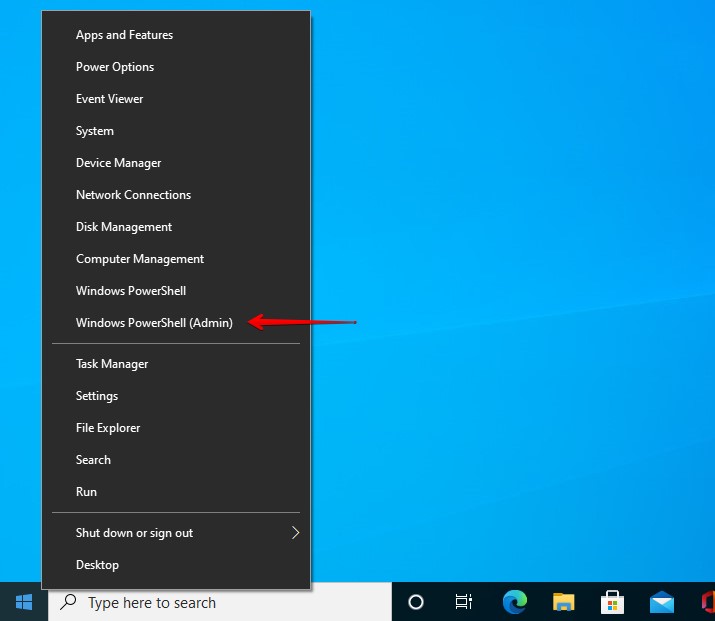
- Type
chkdsk D: /r /x. Replace D: with the drive letter assigned to your SD card. Press Enter.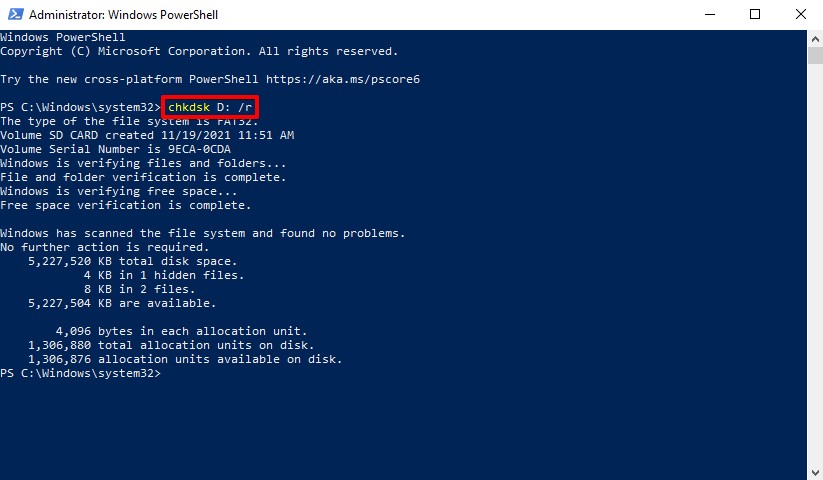
Method 4: Update/Reinstall Drivers
Every device you connect to your computer requires drivers to function properly. The drivers are designed to establish communication between the device you connect and your operating system. If they’re outdated, corrupted, or missing, you won’t be able to use or access your SD card correctly.
These steps will guide you through updating your drivers or reinstalling them if they’re corrupted or missing:
- Right-click Start and click Device Manager.
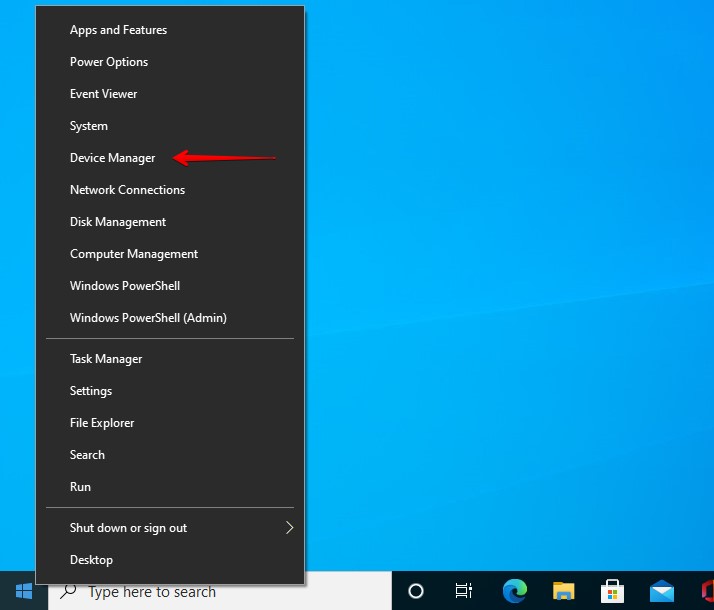
- Expand the Disk drives dropdown. Right-click your SD card and click Properties. The name of your SD card will vary based on the brand.
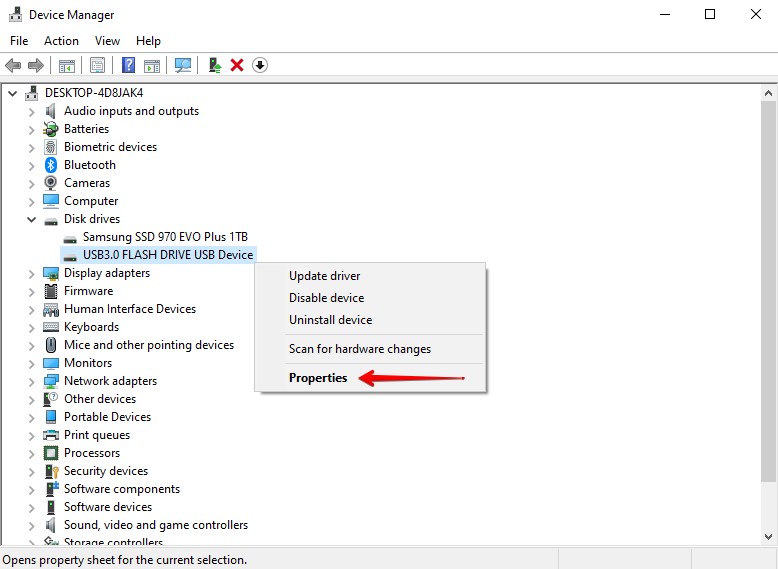
- In the Driver tab, click Update Driver.
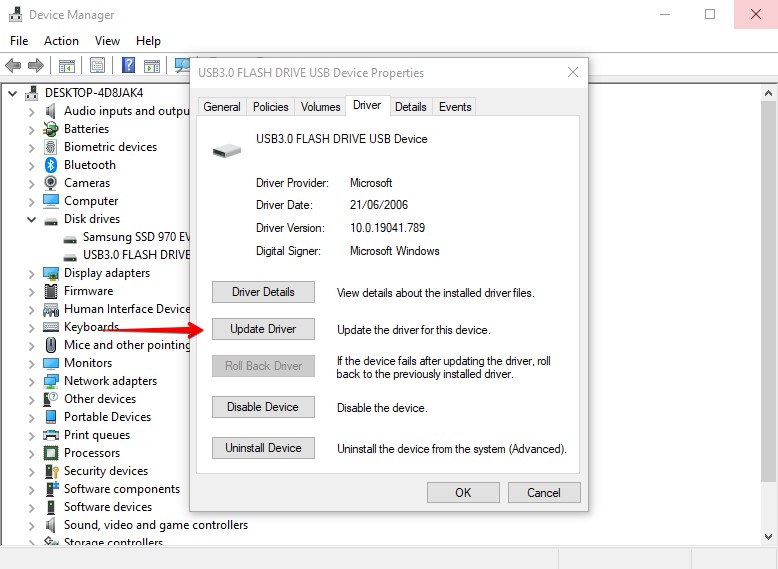
- Click Search automatically for drivers.
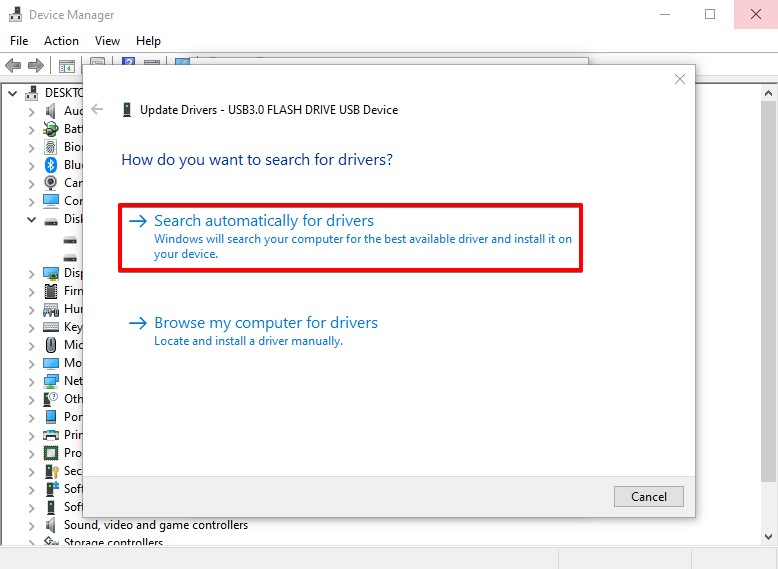
- If there are no updates available, click Close.
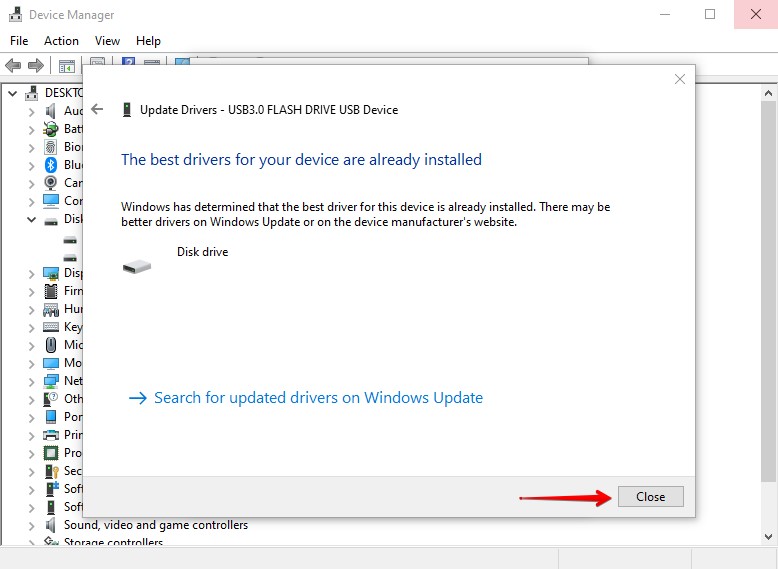
- Click Uninstall Device.
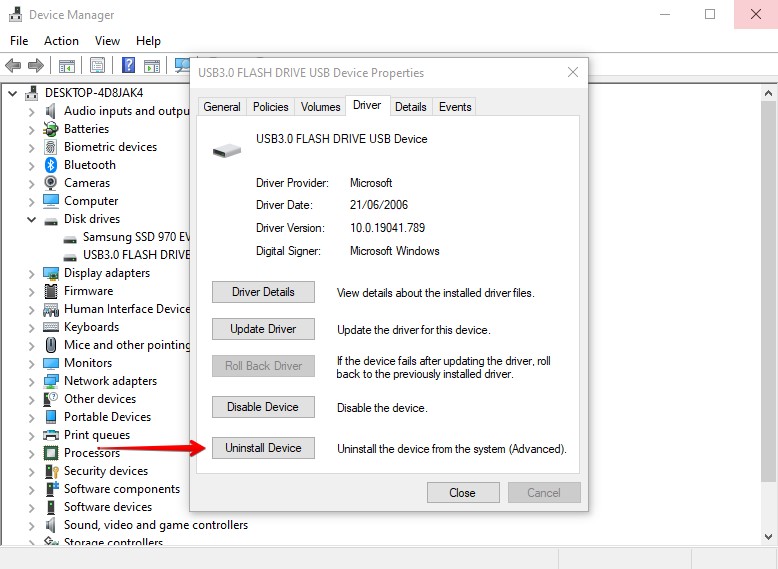
- Click Uninstall.
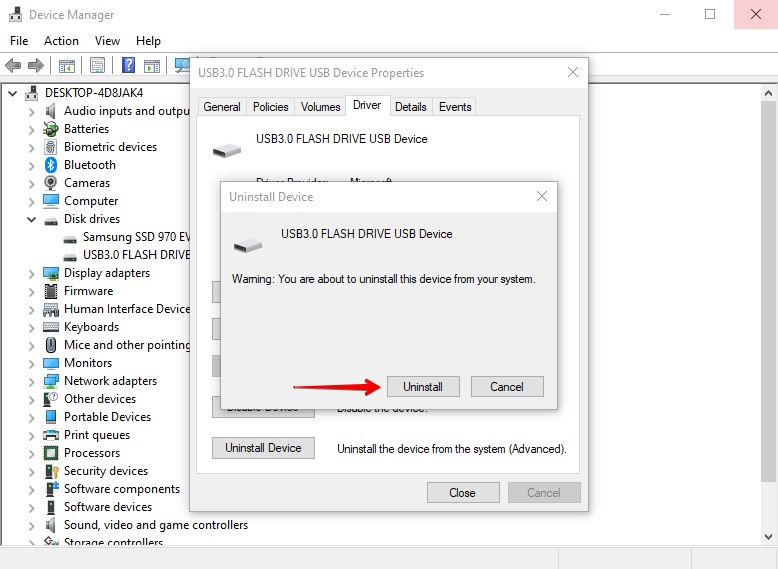
- Disconnect the SD card from your computer and reconnect it. This will force the driver to install again.
Method 5: Windows Error Checking Tool
You can use the error checking tool to scan any internal or attached storage media for immediate problems. It actually uses the CheckDisk command we used earlier, but using an interface rather than a terminal.
Use the steps to scan your SD card for errors:
- Make sure your SD card is connected and open File Explorer.
- Right-click your SD card and click Properties.
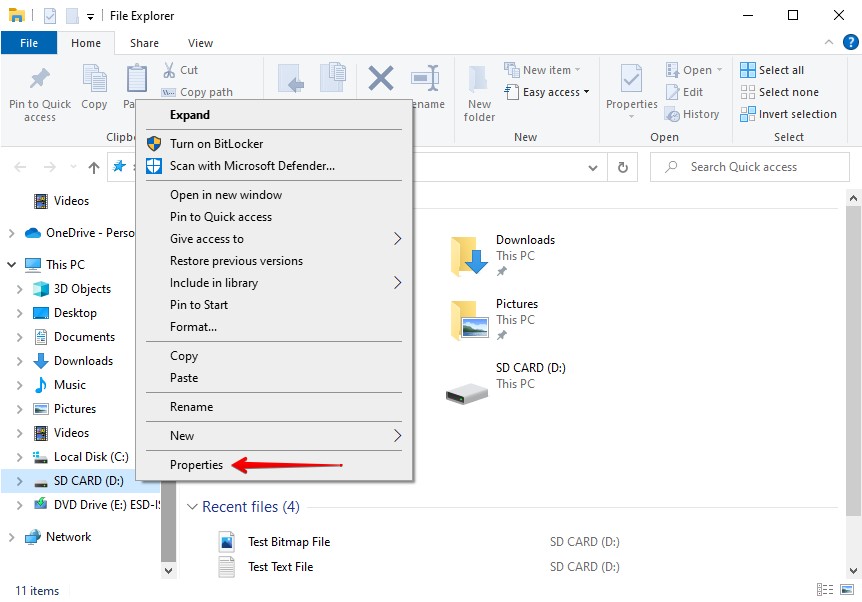
- In the Tools tab, click Check.
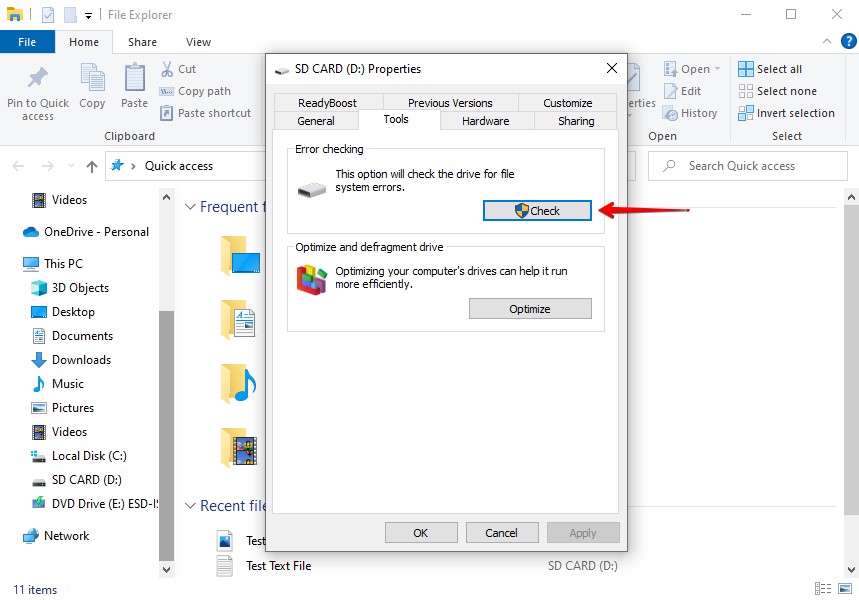
- Click Scan and repair drive.
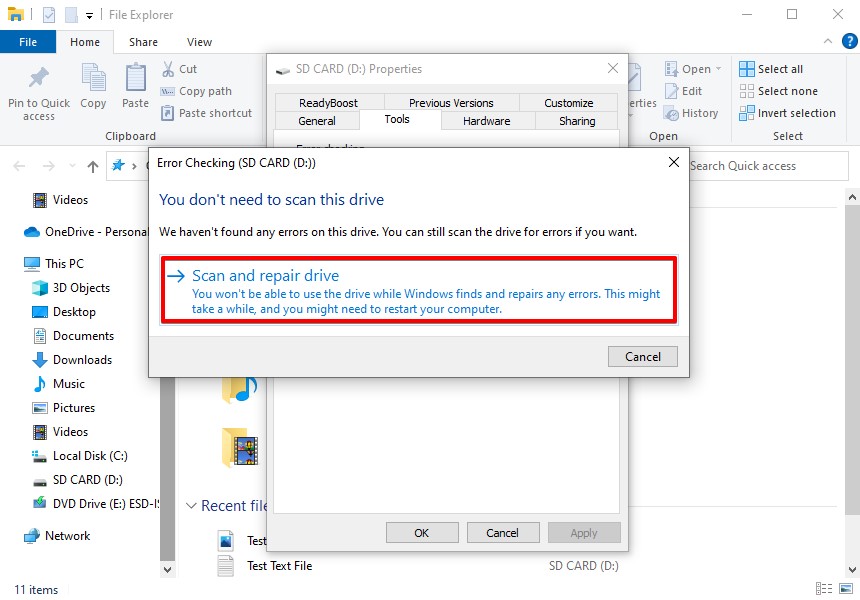
Method 6: DiskPart
In some cases, your SD card may be inaccessible because it’s marked as read-only. When in read-only mode, you cannot write new data to the SD card or edit the existing data. The only way to fix this is by removing the read-only attribute. This can be done using DiskPart, a command-line utility in Windows.
Follow these steps to remove the read-only attribute from the SD card using DiskPart:
- Right-click Start and select Windows PowerShell (Admin). If prompted by UAC, just click Yes.

- Type
diskpartand press Enter.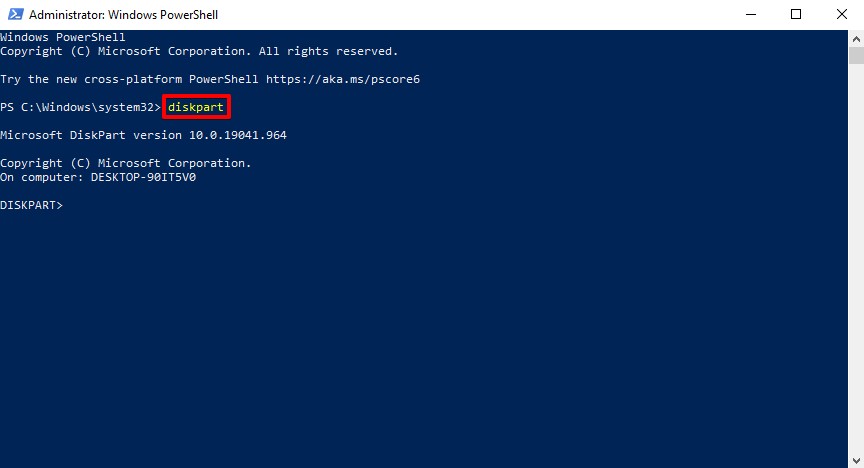
- Type
list volumeand press Enter.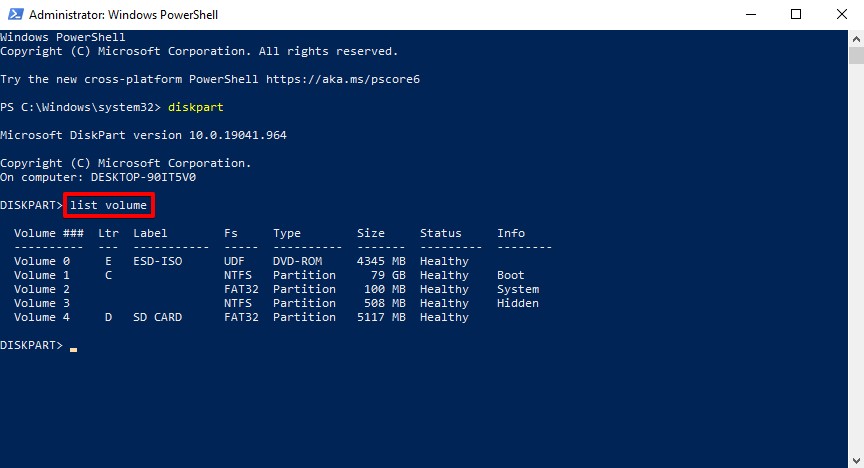
- Type
select volume 4. Replace 4 with the number of your own volume.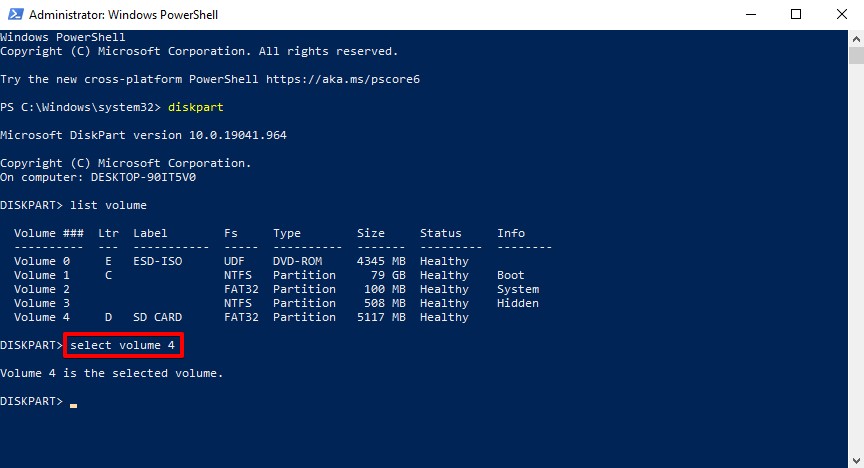
- Type
attributes disk clear readonlyand press Enter. Once you do, the read-only attribute will be removed.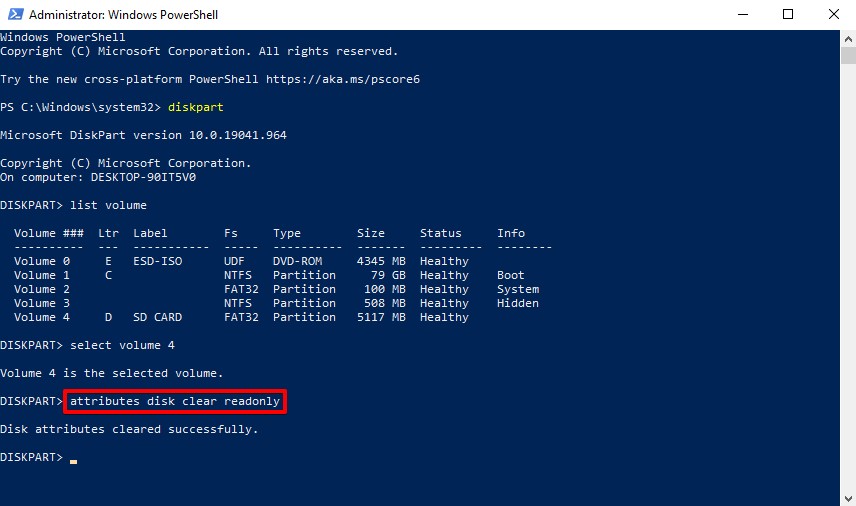
Method 7: Attempt to Fix the Partition Using TestDisk
TestDisk is a free open-source recovery tool that specializes in repairing damaged file systems. If successful, it has a chance of recovering the partition, along with any data that was stored on it.
Follow these steps to repair your partition using TestDisk:
- Download and extract TestDisk. Open testdisk_win.
- Press Enter to create a log.
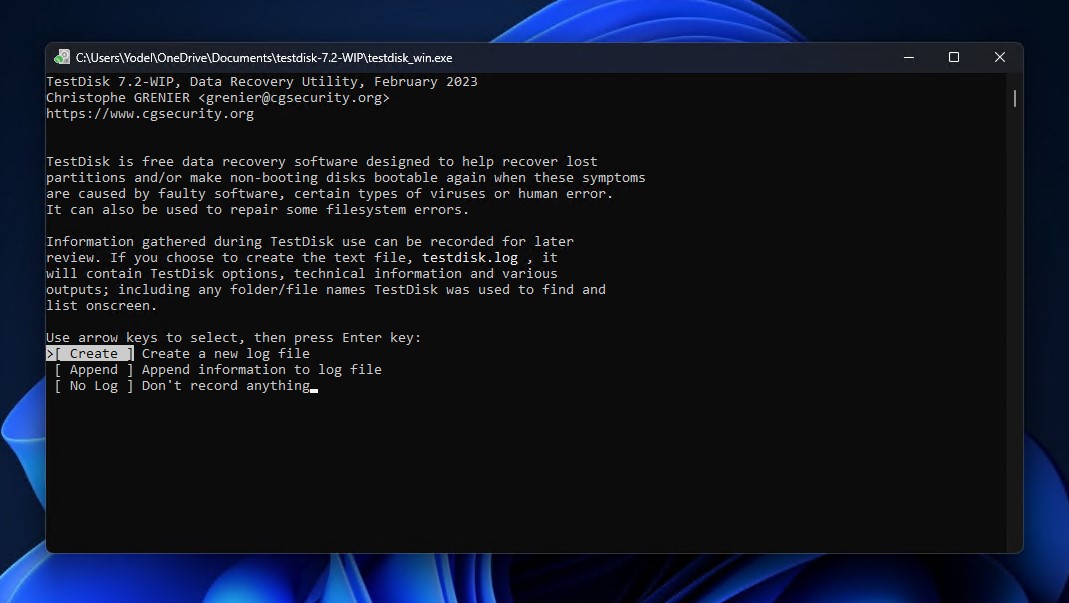
- Highlight the SD card, then press Enter.
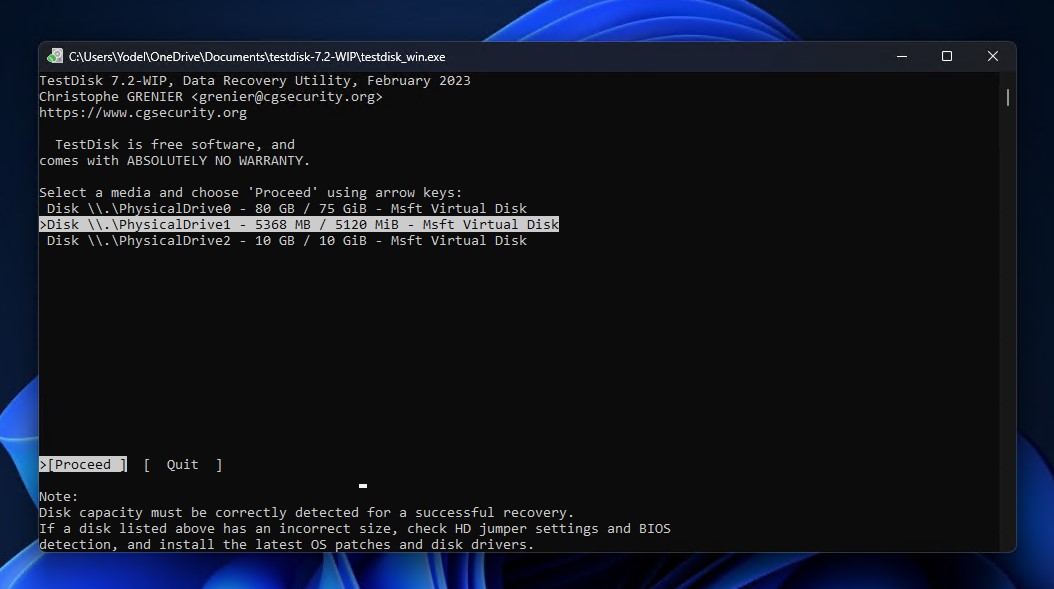
- Highlight the partition table type, then press Enter.
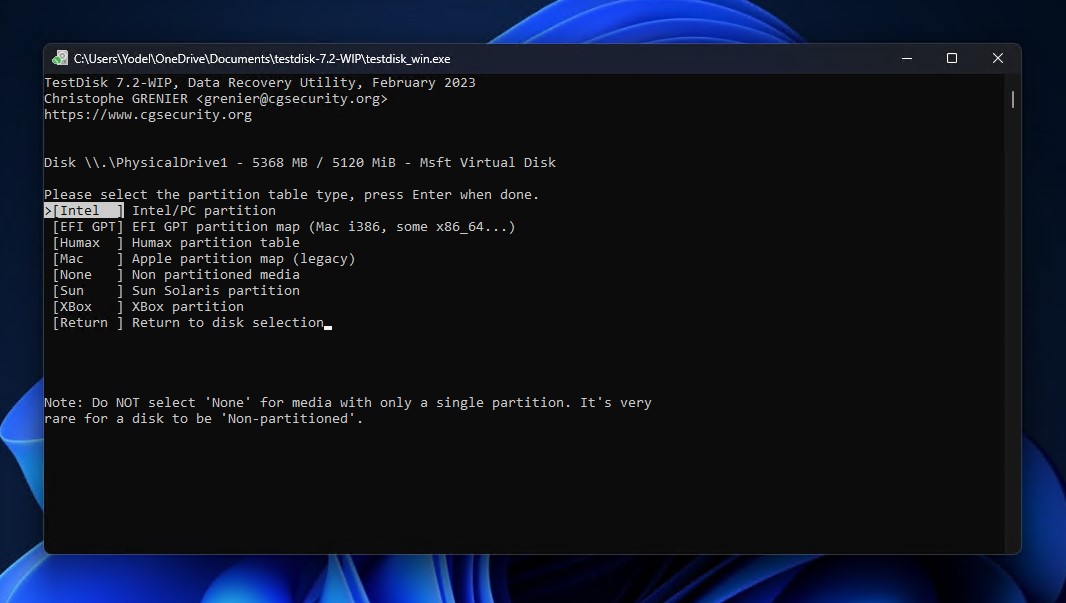
- Press Enter.
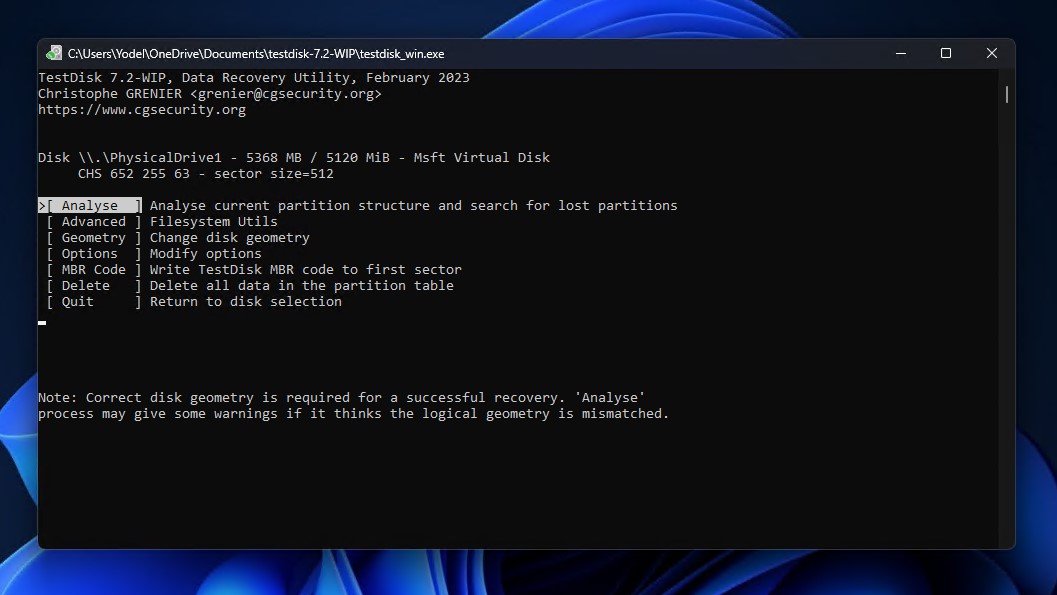
- Press Enter to begin the quick search.
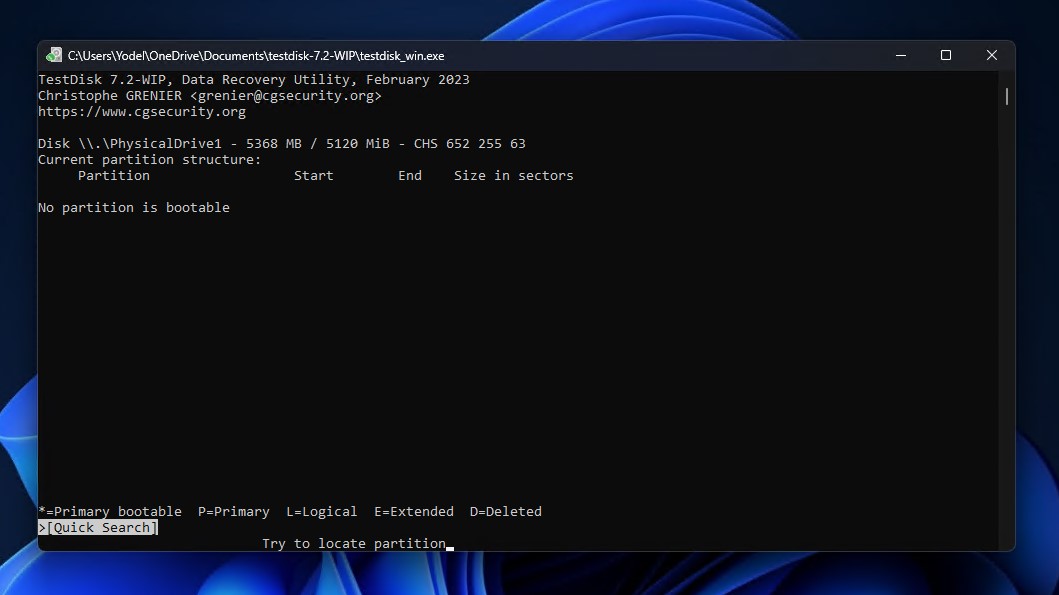
- Highlight the lost partition, then press Enter.
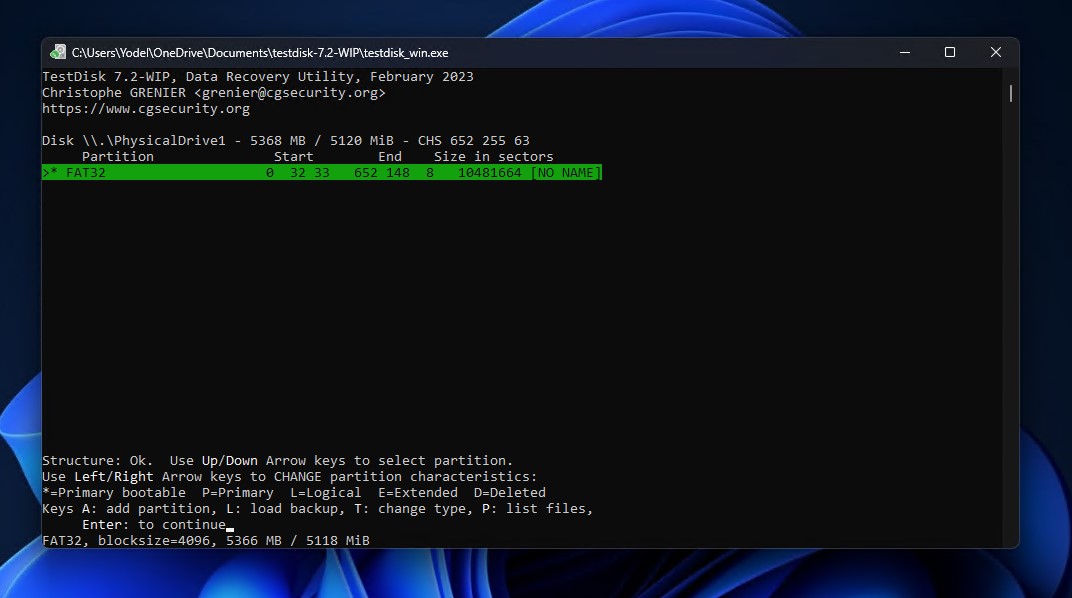
- Highlight the Write option, then press Enter.
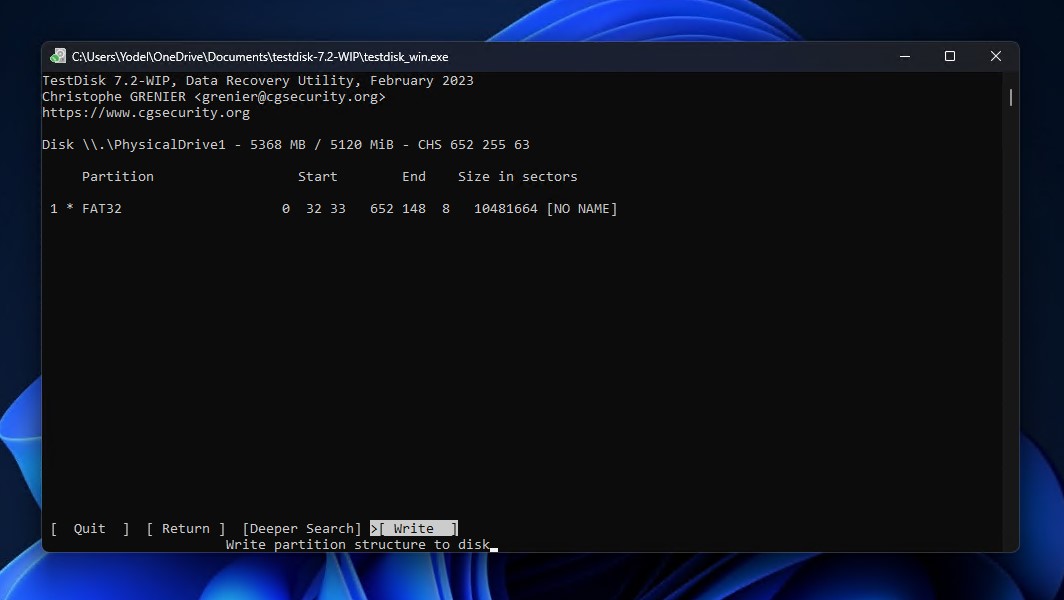
- Press Y to confirm the action, then restart your computer.
Conclusion
When your SD card becomes corrupted, the data becomes inaccessible. While data recovery software can get the data back, it can’t fix your SD card without reformatting and restore it to working order. Once an SD card has shown signs of corruption, it should be considered unreliable, even if it’s working fine, as the corruption may return at a later time. Instead, you should replace it with a new SD card.
Going forward, the best way to protect yourself against data loss due to SD card corruption is to implement a reliable backup strategy. This could be as simple as copying files from the SD card to a more reliable storage device, or more advanced, like the 3-2-1 backup rule. Having a copy of the data you can easily restore can save you hours, maybe days of time that would otherwise be spent on recovery.

